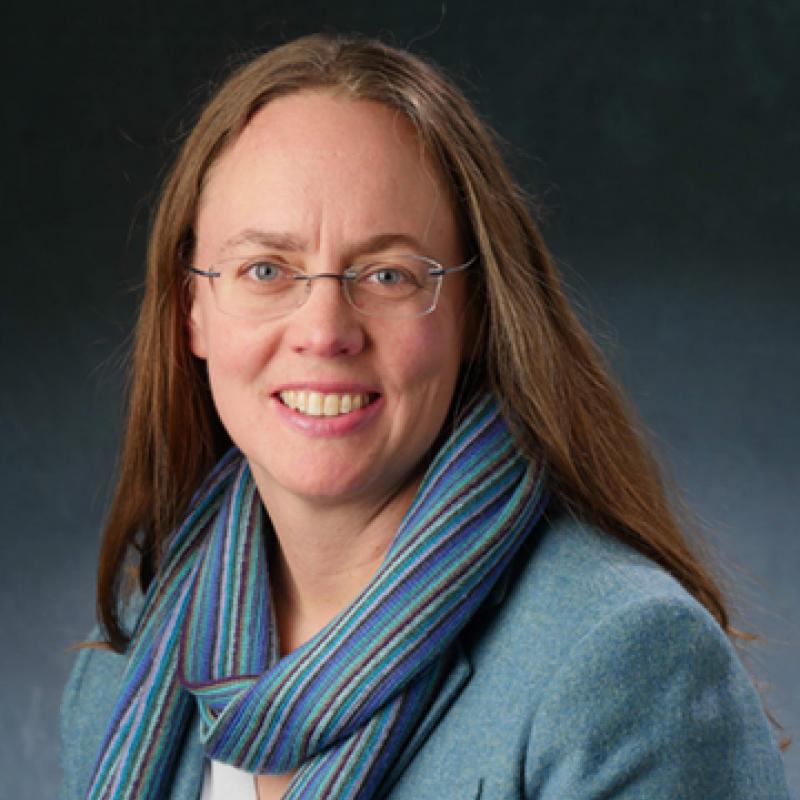Summary
Firedpy uses a single command in the terminal to create a fire perimeter product in 3 easy steps. First, it downloads the latest MODIS burned area product raw data for the user’s specified area of interest. Then, it runs an event builder algorithm that aggregates individual pixels that are within a user-specified spatiotemporal threshold into unique events. Finally, it creates two shapefiles, one with each event as a single polygon, another with each day within each event as a single polygon.
There are several other data products that have been published that have converted the entire MODIS burned area product into fire events in a similar fashion, but we believe the FIRED approach has several advantages. First, it is fast. The coterminous US can be processed in less than an hour on a regular laptop. Second, it is open source. At the time of this writing the Firedpy package is functional and open to all for a variety of applications. We hope that through continued collaboration, we can improve the efficiency of the code as well as introduce more data products that firedpy will automatically download and process for the end user. Third, it is flexible. With firedpy you can specify a start and end date, and an area of interest polygon, so you only have to process the data you need. The spatiotemporal parameters are also flexible. Different areas of the world have different fire regimes, and so the optimum spatiotemporal parameters for one region may not be ideal for another. With firedpy, the user can tailor the spatiotemporal parameters, and because it runs fast, it is not unreasonable to simply try a range of parameters to see what works best.
Because firedpy is based on the MODIS burned area product, it provides some unique and useful statistics. The MODIS satellites (Terra and Aqua) each circle the entire globe once a day. This allows the MODIS burned area product to have an estimation of when each pixel burned down to the day. Firedpy takes advantage of this aspect of the burned area product by estimating the rate of fire spread for each fire event. Rate of spread is an important aspect of fire regimes that has not yet been studied extensively due to a lack of data. Having daily parameters at the global scale also allows researchers to link daily-resolution climate data to daily fire spread, allowing for much more fine-grained investigations into the mechanisms of how climate and weather influence fire.
Figure 1. Firedpy compared to the Global Fire Atlas (GFA) for the 2013 Rim fire in California. In A, the FIRED product delineated 2 events, while in B the GFA delineated 10. C shows the daily-level polygons. D is the same fire delineated from Landsat imagery by the Monitoring Trends in Burn Severity project.
Publications
Balch, J., St. Denis, L., Mahood, A. L., MietKiewicz, N., Williams, T., McGlinchy, J., & Cook, M. (2020). FIRED (Fire Events Delineation): An open, flexible algorithm & database of US fire events derived from the MODIS burned area product (2001-19). Remote Sensing, 12, 3498. https://doi.org/10.3390/rs12213498
This research has been funded by the National Aeronautics and Space Administration Terrestrial Ecology Program (grant number NNX14AJ14G) and by CIRES and the Grand Challenge Initiative at the University of Colorado, Boulder.
Featured Blogs
Project Team
Project Lead
Jennifer K. Balch
Jennifer Balch is the Director of ESIIL. Her research aims to understand the patterns and processes that underlie disturbance and ecosystem recovery, particularly how shifting fire regimes are reconfiguring tropical forests, encouraging non-native grass invasion, and affecting the global climate.




